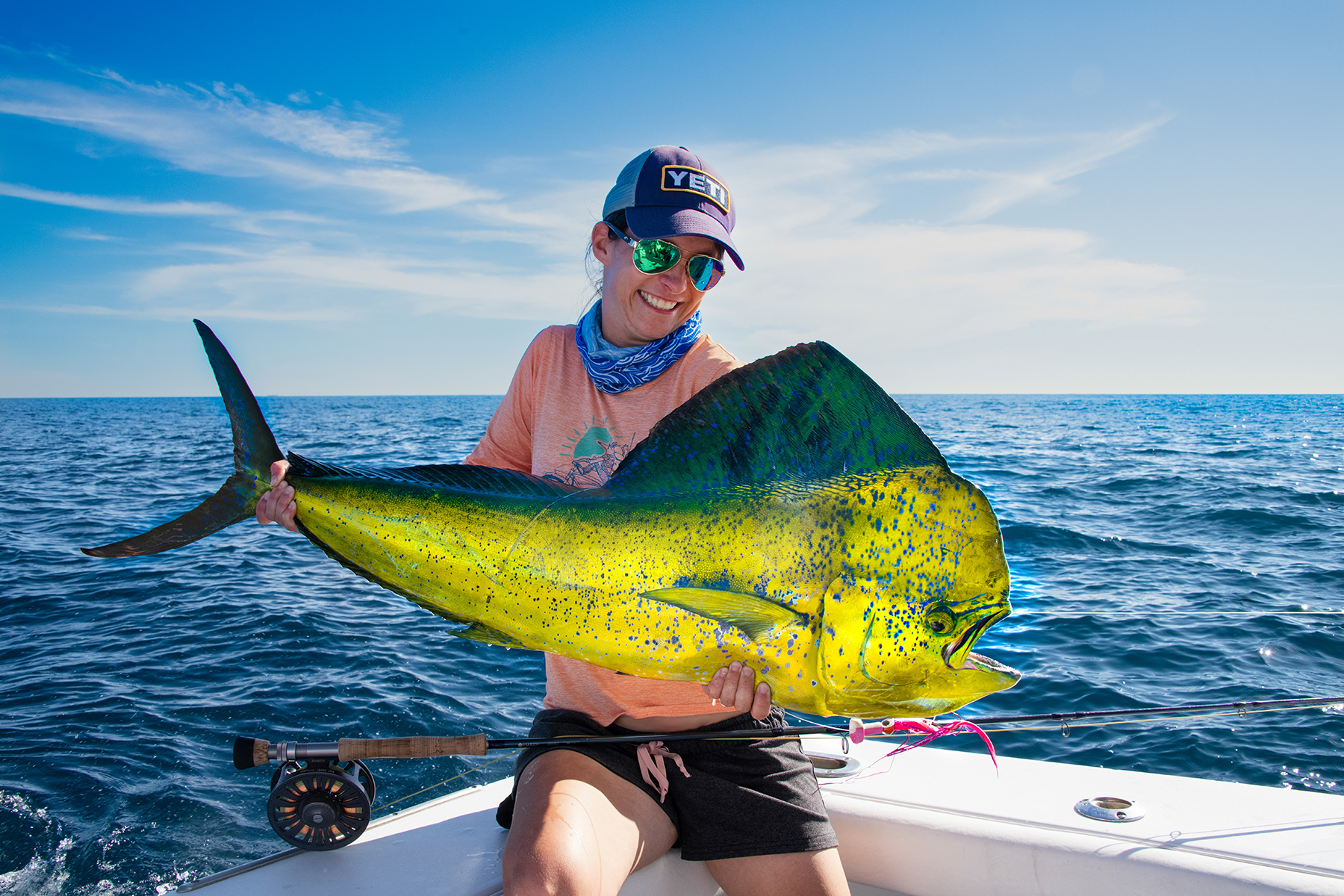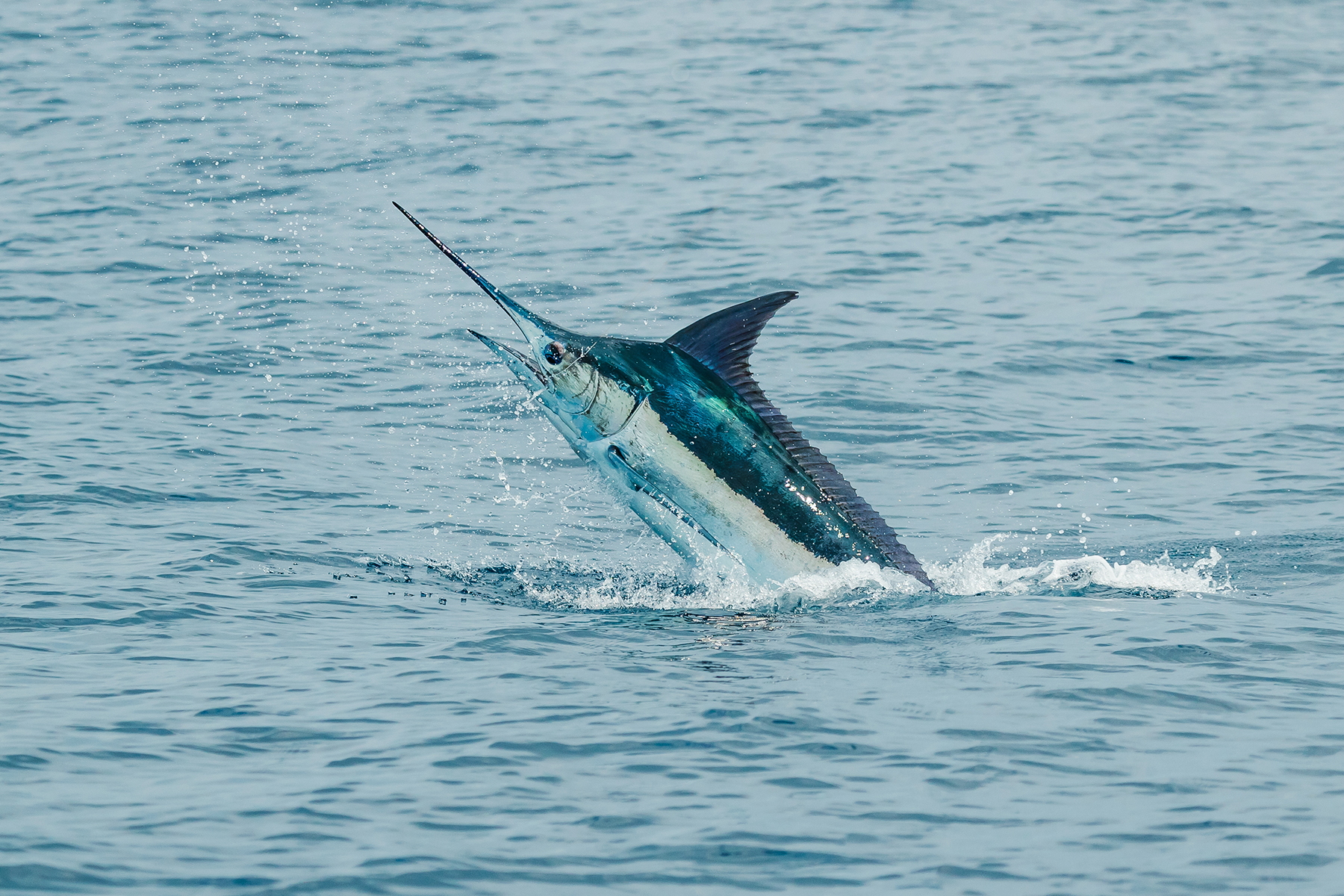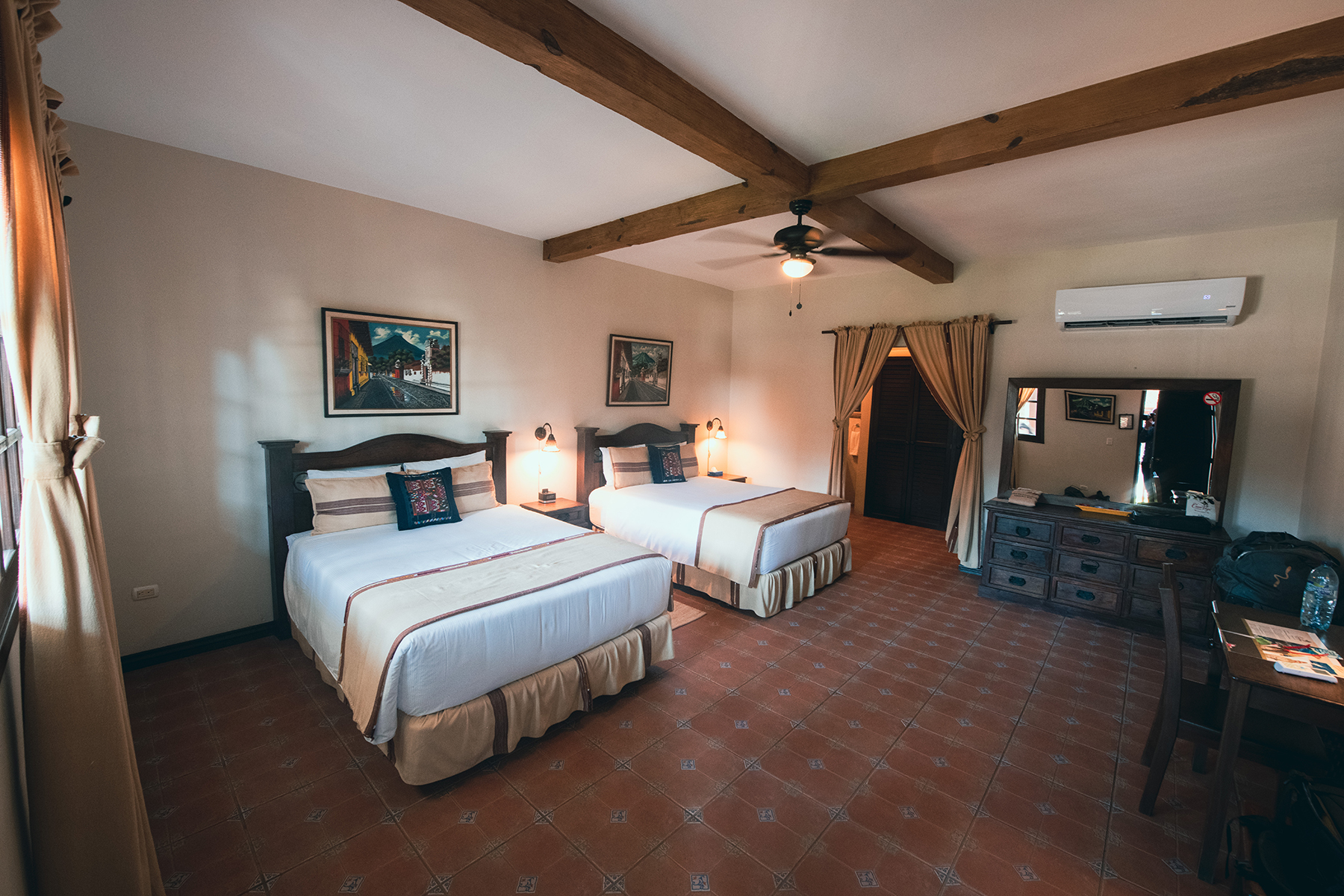
8 minute read
Guatemala: The Sailfish Capital of the World
GUATEMALA
The Sailfish Capital of the World
As a seasoned traveler who traverses the globe in pursuit of fishing adventures, I’ve made it a tradition to inquire about the distinctive attributes of a country whenever I meet someone from a new corner of the world. This approach serves as an engaging icebreaker, prompting interesting conversations. For instance, if I were to discuss my homeland, the Czech Republic, the response would be straightforward: renowned for its exceptional beer and the allure of its beautiful women!
By KATKA SVAGROVA

Yet, pondering the same question about Guatemala, a land I’ve now visited twice, I find several facets that define this nation. Foremost, it stands as possibly the ultimate destination on Earth for sailfish fishing enthusiasts. Additionally, its landscape boasts a multitude of volcanoes, four of which remain active. So, while angling might lure you to Guatemala, outdoor enthusiasts will find ample opportunities for exploration - including captivating hikes near the volcanoes, where one can witness their smoky emanations and rock-spewing displays from a secure vantage. The pervasive influences of the Mayan culture further enhance Guatemala’s appeal, rendering it an exquisite vacation spot.

My lodging was at the esteemed Casa Vieja Lodge, undeniably one of the country’s premier fishing resorts. From the moment of arrival, this impeccably organized lodge displayed an unwavering commitment to guest satisfaction. Exiting my car, I was greeted with a deceptively innocent cocktail that hit the spot in the way only exquisite concoctions can.
From Florida to Guatemala
Guiding this establishment is David Salazar, who relocated from Florida to fulfill his vision on the Pacific shores of Guatemala. Over time, he fashioned an extraordinary lodge, supported by a team of skilled guides and a fleet of boats dedicated to pursuing anglers’ aspirations. And what aspirations they are!
Marlins (blue, black, and striped) as well as sailfish attract the majority of visitors, yet the waters also teem with abundant mahi-mahi and yellowfin tuna. Guatemala uniquely offers the potential for astonishing numbers of raised and released sailfish in a single day. It’s not unheard of to raise over a hundred fish daily, a truly mind-boggling spectacle. Notably, Guatemalan sailfish can be encountered year-round, with peak activity spanning November to May.
“The captain’s proclamation of a sighting triggers a flurry of activity”
This extended window ensures a nearly constant opportunity to schedule your expedition and uncover the wonders of Guatemala.

Targeting sailfish
Now, while I personally identify as a fly fishing enthusiast, the prospect of tackling a 400lb Marlin with a delicate 12wt rod is, indeed, an overly formidable challenge for someone my size. However, the prospect of tangling with a 70-120lb sailfish lies comfortably within my skill set. Thus, it was the latter species that captured my angler’s heart.
On our initial day, we embarked at dawn aboard a luxuriously appointed fishing vessel, replete with outriggers and an array of gear designed to entice sailfish. Armed with 12wt Hardy Zane Pro rods equipped with Leviathan floating fly lines from RIO Products, I swiftly learned the importance of a robust drag system and ample backing on my reel, given the frenzied runs these fish are renowned for.
The initial hurdle entails locating the fish, a task that often involves cruising across the water, although in Guatemala, the search is rarely protracted. Seabirds and leaping fish provided valuable clues to the whereabouts of the sailfish, complementing the captains’ knowledge of favored spots. Yet, serendipity also plays a role, as the boat maneuvers until the target is spotted.


How to do it
Luring a sailfish to the boat adheres to a straightforward, tried-and-true technique, likely familiar to most angling enthusiasts. The crew comprises a minimum of two individuals, with the captain stationed in a tower elevated above the deck, steering the vessel while scanning for fish. The captain’s attention is frequently fixed on a teaser, trailed behind the boat from one of the outriggers, positioned some 50 to 100 meters behind.

As the angler, your perch is on the stern deck, eyes locked on the teaser. Vibrantly hued, it dances along the water’s surface, synchronized with the boat’s velocity of 4-6 knots. Favorable weather conditions granted us calm seas, markedly simplifying the process.
“The exhilaration mounts as the immense fish materializes”
When a sailfish materializes, pandemonium erupts instantly. The captain’s proclamation of a sighting triggers a flurry of activity as the crew expertly retrieves the teaser, ensuring the sailfish remains intrigued by the illusion of a potential meal.
Your mission commences with spotting the sailfish, a skill that becomes more intuitive with practice but initially proves challenging. The telltale sign is the towering dorsal fin slicing through the water, with the fish’s body just beneath the surface.

Put the fly in the water and prepare to strike
The fly you present mirrors the teaser’s appearance, typically sizable and often vividly colored, though casting it can be demanding. Your line should be positioned at your feet, poised for action as the fish draws near. Upon your fly’s entry into the water, the crewman swiftly retracts the teaser, ideally inducing the sailfish’s confusion and subsequent strike at your fly.
As one might imagine, this heart-pounding process is prone to mishaps, yet amid the cacophony of shouts and the surge of adrenaline, the boat may decelerate or even halt. Your role transitions to furious stripping in an endeavor to provoke the sailfish into engulfing your fly.The exhilaration mounts as the immense fish materializes, a shadowy figure beneath the surface, agile and swift. It approaches, recedes, then in a thrilling instant - potentially after several attempts - engulfs your fly with a forceful strike. With a firm strip and set, your connection is established!

Set the drag
Should you have line on the deck, caution is vital to prevent entanglement around your ankles, between your toes, or underfoot. The fish accelerates at a breathtaking pace, leaving no doubt about its displeasure at the sudden intrusion. I engaged my drag firmly, yet the reel’s resonant whir echoed as the fish surged, 100 meters and then 200 meters. Sailfish tend to commence with a display of acrobatics shortly after being hooked, often leaping near the boat before embarking on another surge and descending into the depths. Ultimately, they resurface, permitting careful maneuvering to bring the fish to the vessel’s side for photographic documentation and safe release.It’s imperative to capture snapshots of these majestic giants while submerged, ensuring a continuous flow of water through their gills to maintain their well-being before they are released.

The trip in summary
Despite contending with less-thanideal weather conditions during our three-day stay at Casa Vieja Lodge,
we enjoyed innumerable encounters with sailfish, mahi-mahi, and even a handful of marlins.
“Landing over 10 fish in three days solidified this as an exceptionally triumphant excursion”
The latter we chose to bypass, recognizing their size surpassed the capabilities of my 12wt rod. Ultimately, landing over 10 fish in three days solidified this as an exceptionally triumphant excursion. If you’re considering targeting billfish on a fly rod, Guatemala is unquestionably the ideal locale to immerse yourself in this pursuit. Countless opportunities for encounters with billfish punctuate your day, coupled with serene boat rides and an exceptional degree of service and professionalism from your crew. I genuinely struggle to envision a more perfect destination anywhere on Earth for indulging in such an extraordinary billfish fishing experience.



Fact File – Casa Vieja Lodge
Built over twenty years ago as the private retreat to one of Guatemala’s most prominent sporting families, the newly renovated Casa Vieja Lodge is sure to delight guests who have fished all over the world. Family owned and operated by Kristen and Capt. David Salazar since 2013, yet Capt. David started in Guatemala 1998 with Tim Choate, as one of the original captains of Fins ‘N Feathers.
Continual upgrading makes Casa Vieja Lodge the ultimate retreat after a day on the water. There is no surprise that the Lodge was designed by lifelong sportsmen who believe that world class fishing deserves world class accommodations – regardless of how far you are from home.
A majority of the lodge staff and Captains were employees of the original Fins ‘n Feathers Inn that began the Guatemala sportfishing industry and are all masters of guest relations as well as lifelong friends of many clients.












